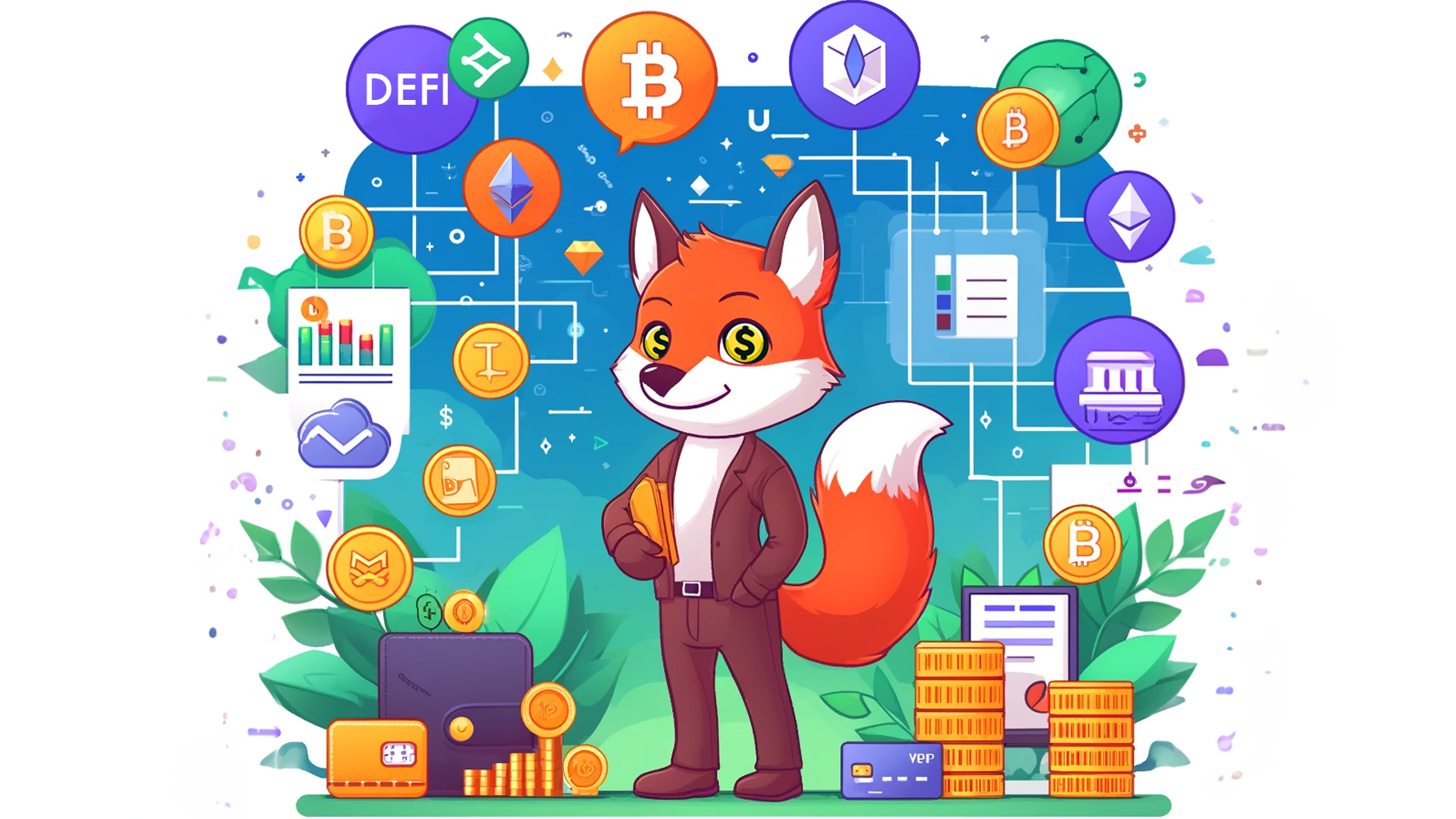Welcome to the exciting world of decentralized finance, often referred to as DeFi! If you’re new to the concept, you might be wondering what DeFi is all about and why it’s generating so much buzz in the cryptocurrency and blockchain space. We’ll explore the fundamentals of DeFi and why it’s reshaping the future of finance.
What is DeFi?
DeFi, short for Decentralized Finance, refers to a rapidly growing ecosystem of financial applications and protocols built on blockchain technology. Unlike traditional finance, which relies on centralized institutions like banks and intermediaries to facilitate transactions and provide financial services, DeFi operates on decentralized networks that are open, transparent, and accessible to anyone with an internet connection.
Key Features of DeFi:
- Decentralization: DeFi platforms and protocols are decentralized, meaning they operate without a central authority or intermediary. Transactions are executed and verified by smart contracts on blockchain networks, removing the need for trust in third-party institutions.
- Open Access: DeFi is accessible to anyone with an internet connection and a cryptocurrency wallet. There are no geographical restrictions or account requirements, allowing users from around the world to participate in the DeFi ecosystem.
- Interoperability: DeFi protocols are often interoperable, meaning they can interact and integrate with each other seamlessly. This interoperability enables the creation of complex financial products and services that span multiple platforms and protocols.
- Transparency: Transactions on DeFi platforms are recorded on public blockchains, providing transparency and auditability. Anyone can view transaction history and smart contract code, enhancing trust and accountability in the ecosystem.
As an example of DeFi you can check out Deepr or MagicSea
Examples of DeFi Applications:
- Decentralized Exchanges (DEXs): DEXs allow users to trade cryptocurrencies directly with each other without the need for intermediaries. Examples include Uniswap, SushiSwap, and PancakeSwap.
- Lending and Borrowing Platforms: DeFi lending protocols enable users to lend their cryptocurrencies and earn interest or borrow assets by providing collateral. Examples include Aave, Compound, and MakerDAO.
- Yield Farming and Liquidity Mining: Yield farming involves providing liquidity to DeFi protocols in exchange for rewards, typically in the form of additional tokens. Liquidity mining incentivizes users to contribute liquidity to decentralized exchanges and other platforms.
- Decentralized Stablecoins: Stablecoins are cryptocurrencies that are pegged to the value of fiat currencies like the US dollar. DeFi platforms like DAI and USDC offer decentralized stablecoins that can be used for trading, lending, and payments.
Why is DeFi Significant?
DeFi has the potential to democratize finance, empower individuals, and revolutionize the traditional financial system in several ways:
- Financial Inclusion: DeFi opens up access to financial services for underserved populations who may lack access to traditional banking infrastructure.
- Censorship Resistance: DeFi platforms are censorship-resistant, meaning they cannot be shut down or controlled by governments or centralized authorities.
- Innovation: DeFi fosters innovation by enabling the creation of new financial products and services that were previously not possible in the traditional financial system.
- Transparency and Trust: DeFi’s transparent and trustless nature enhances transparency and trust in financial transactions, reducing the risk of fraud and corruption.
Conclusion
In conclusion, DeFi represents a paradigm shift in the way we think about and interact with financial services. By leveraging blockchain technology and decentralization, DeFi offers a more open, transparent, and inclusive alternative to traditional finance. Whether you’re interested in trading, lending, borrowing, or earning passive income, DeFi provides a wide range of opportunities for individuals to participate in the future of finance. As the DeFi ecosystem continues to evolve and mature, it’s essential to stay informed and explore the possibilities it presents for reshaping the global financial landscape.

Comments are closed